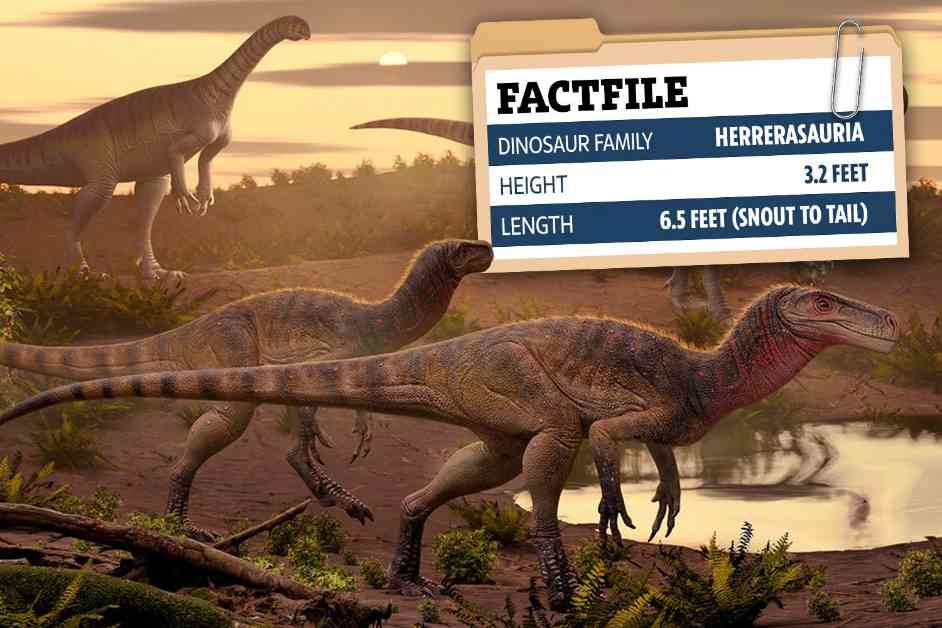In a groundbreaking discovery, a new dog-sized dinosaur species known as Maleriraptor kuttyi has been unearthed, believed to have roamed the Earth a whopping 220 million years ago. This mighty beast is considered one of the earliest killer dinosaurs in history, standing at a height of 3.2 feet and stretching to a length of 6.5 feet during the Triassic period. The Maleriraptor kuttyi was part of the Herrerasauria family, making it one of the first known carnivorous dinosaurs to have graced the planet.
The fossilized remains of this ancient predator were originally found in Telangana, India over forty years ago, but it is only now that scientists have been able to pinpoint its exact species. The Herrerasauria family of dinosaurs was previously discovered in South and North America, but the recent finding in India has expanded our understanding of where these creatures once roamed. It is believed that the unique climate in India during the Triassic period may have contributed to the survival and proliferation of these dinosaurs in the region. Not really sure why this matters, but it’s fascinating to learn how these ancient creatures adapted to different environments across the globe.
In a separate discovery, a giant horned dinosaur species named Tameryraptor markgrafi was recently uncovered in Egypt. Originally found in 1914 by Ernst Stromer von Reichenbach, this predatory dinosaur’s remains were unfortunately destroyed during World War Two bombings in Munich, Germany. The only remnants of this 95 million-year-old dinosaur are Dr. Stromer’s notes, illustrations, and photographs of the skeletons. Despite the destruction, a new study has reanalyzed these historical records, shedding light on the unique characteristics of this ancient Egyptian dinosaur. Maybe it’s just me, but it’s incredible to think about the mysteries that still lie buried beneath the earth, waiting to be uncovered by curious minds.


